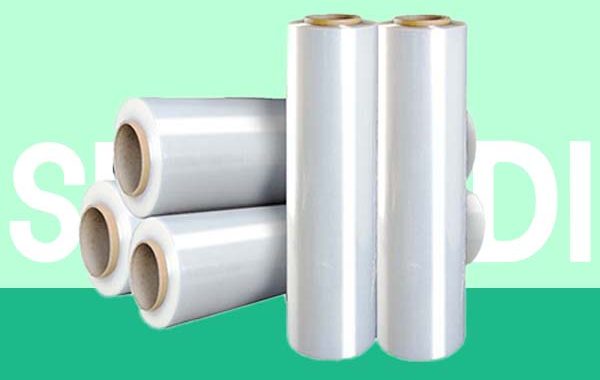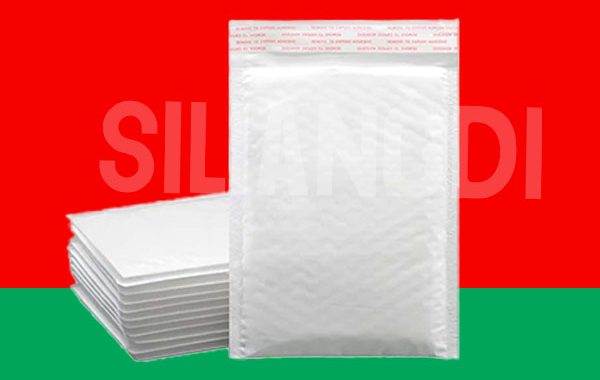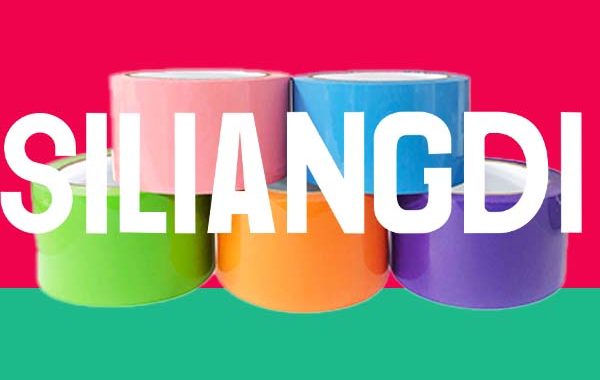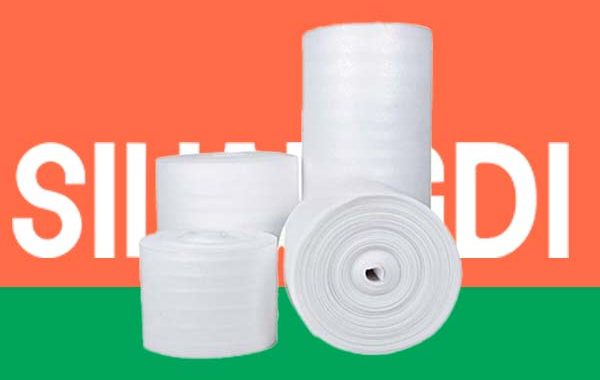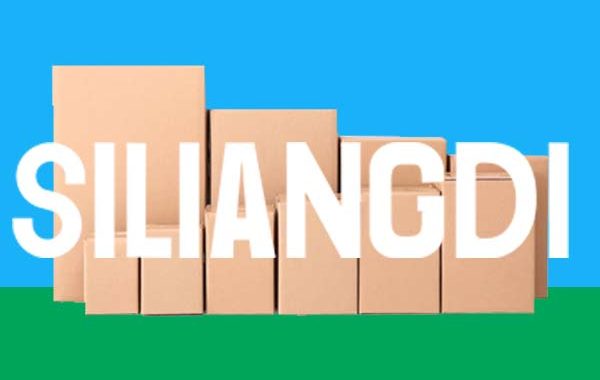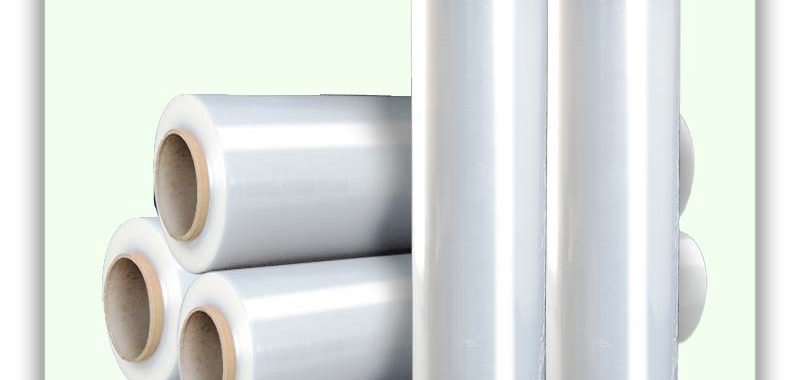Uncover the core strategies of bulk stretch film wholesale for American business owners. This article provides an in-depth analysis of the performance differences and cost structures of various specs (hand, machine, pre-stretch), along with a scientific selection chart to optimize procurement decisions, reduce costs, and boost efficiency. Read now!
For American businesses that rely on stable, high-volume pallet shipping, the bulk procurement of industrial stretch film is a critical link in the supply chain. However, true cost savings come not merely from securing the lowest price per roll, but from precisely matching the film’s performance and specifications to your specific application. As a seasoned packaging industry expert, I will guide you through how to make the most intelligent wholesale decisions.
Understanding the Core Types: Which Stretch Film Fits Your Operation?
Before buying in bulk, it’s essential to understand the distinctions between the three primary types:
- Hand Stretch Film: Features lower stretch yield (approx. 100-300%) and is typically thicker. Ideal for low-volume shipping, irregularly shaped pallets, or situations requiring extra top protection. Its advantages are high flexibility and no need for equipment.
- Machine Stretch Film: Designed for high-speed automatic wrapping equipment. It has a higher stretch yield (up to 300%+) and puncture resistance, with a thinner gauge to allow for longer roll length and higher packaging efficiency. This is the preferred choice for high-volume warehouses.
- Pre-Stretched Film: Is pre-stretched at the factory to a certain degree (e.g., 250%). This film requires less force to apply, reducing operator fatigue, decreasing the frequency of roll changes, and significantly minimizing waste. It is increasingly popular in the US market where labor costs are high.
The True Cost Calculation: Price per Pallet vs. Price per Roll
A common mistake many buyers make is focusing solely on the price per roll. The true metric should be the “cost per pallet wrapped.”
- Low-Price, Low-Performance Film: May have a cheaper unit price, but due to inconsistent gauge and poor toughness, it often requires more layers to achieve the necessary load stability. This results in higher film consumption per pallet, potentially increasing the total cost and introducing the risk of product damage.
- High-Performance Film: While possibly carrying a higher unit price, its superior puncture resistance and high stretch yield mean fewer layers are needed to achieve better stability, thereby reducing film usage per pallet and the total cost.
Stretch Film Selection Matrix: Making an Informed Decision
The chart below provides a clear comparison to help you make an informed choice at a glance.
| Characteristic | Hand Stretch Film | Standard Machine Film | High-Performance Pre-Stretch |
|---|---|---|---|
| Best Use Case | Low volume, irregular pallets, reinforcement | High volume, standardized pallets, automated warehouses | Efficiency focus, labor savings, various pallet types |
| Primary Advantage | High flexibility, no equipment investment | Fast application speed, high consistency, low unit cost | Easy handling, reduces waste, worker-friendly |
| Key Consideration | High labor cost, lower efficiency | Requires equipment investment, demands high roll quality | Higher initial purchase cost possible |
| Total Cost of Ownership | Medium to High (depends on labor) | Low to Medium (with economies of scale) | Highly Competitive (especially considering labor) |
Conclusion: Partner with a Knowledgeable Wholesaler
The key to successful bulk procurement lies in combining your needs—such as daily pallet volume, pallet dimensions/weight, equipment used (if any), and internal load stability standards—with the expertise of your supplier. An excellent wholesale partner not only offers competitive pricing but also acts as your packaging consultant, providing product testing and technical support to ensure every roll you purchase is used effectively, truly optimizing your supply chain and achieving long-term cost savings.
Contact Us for Custom Sizes & Private Label Options
Email:packing@siliangdi.com
Email:SLD@siliangdi.com
